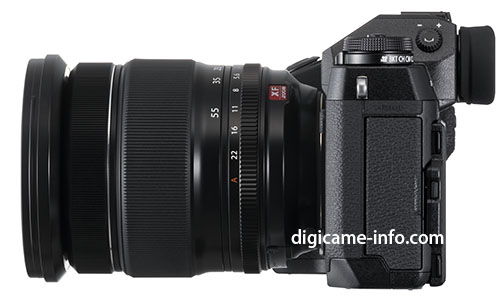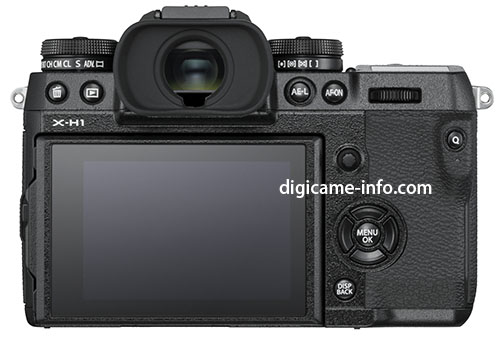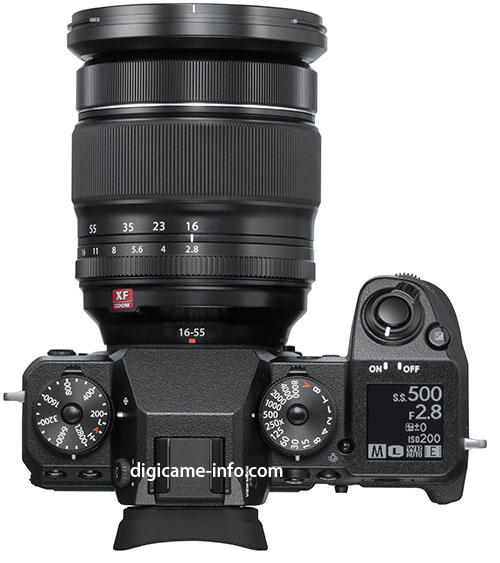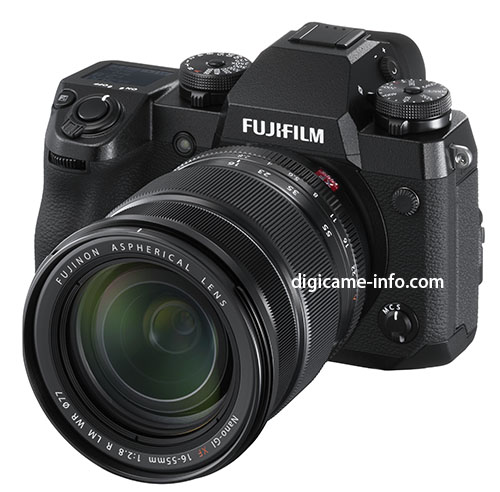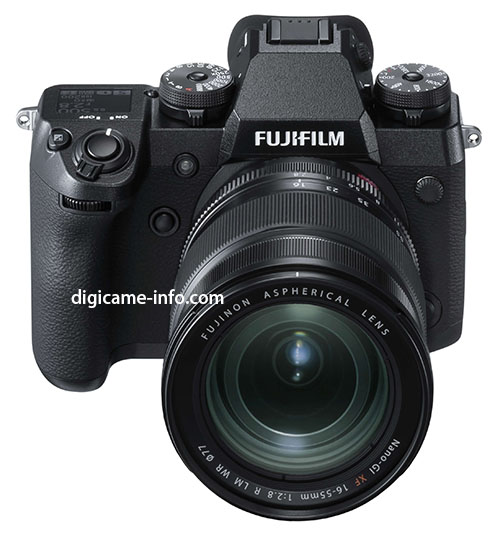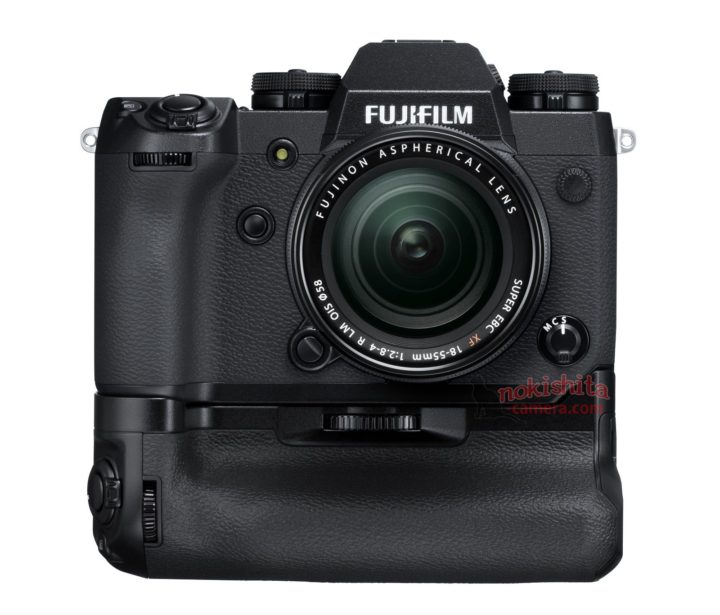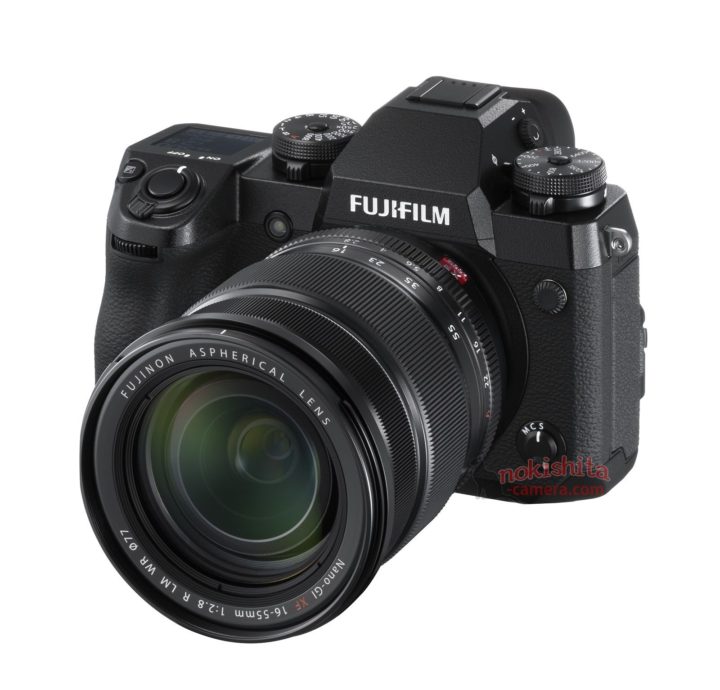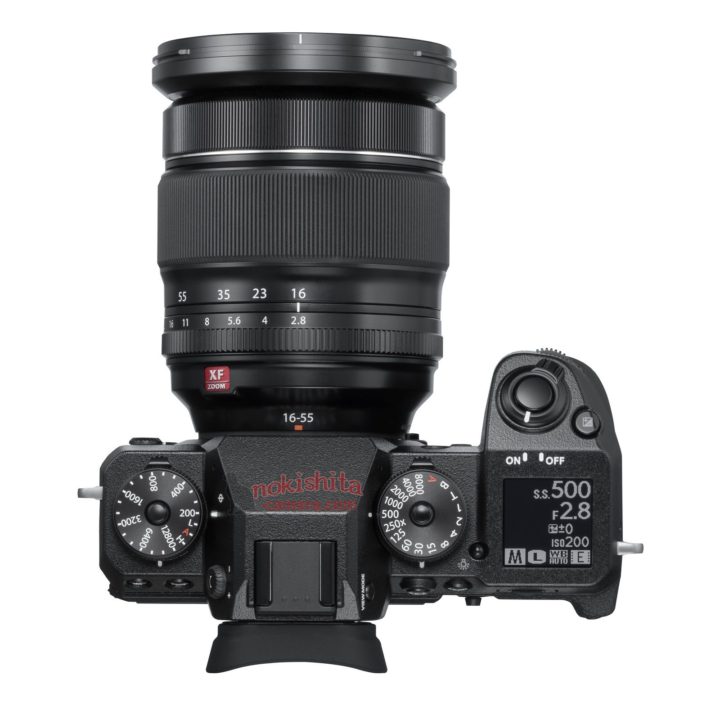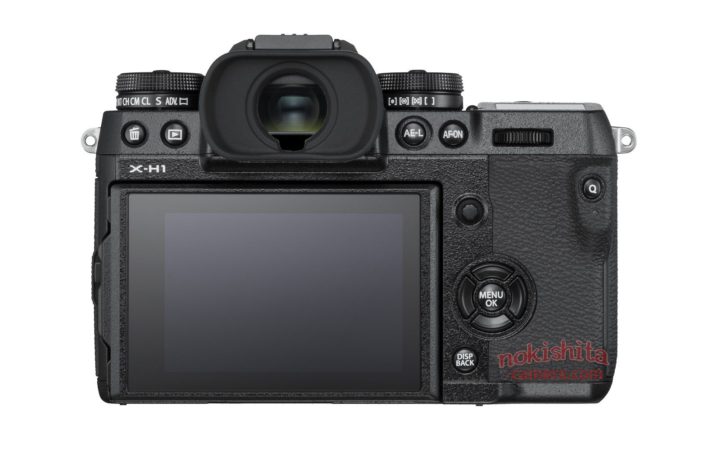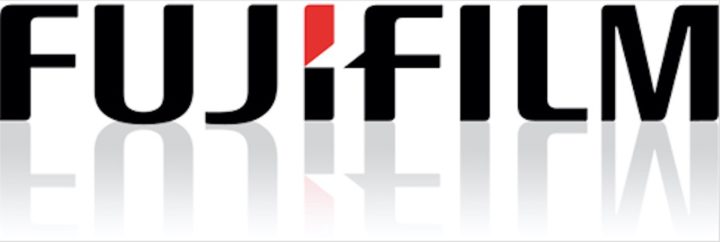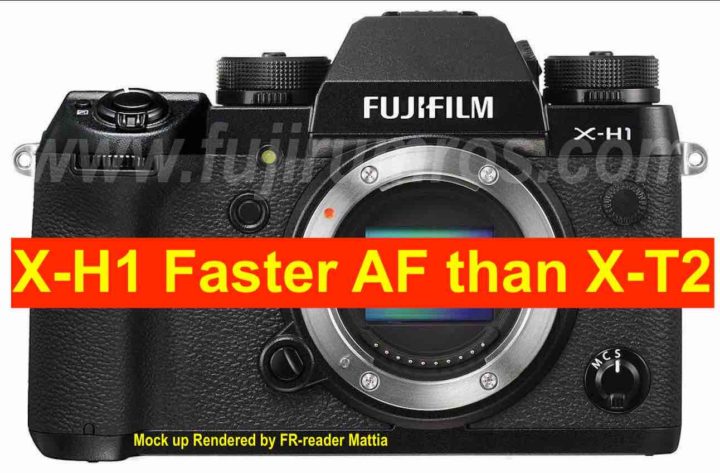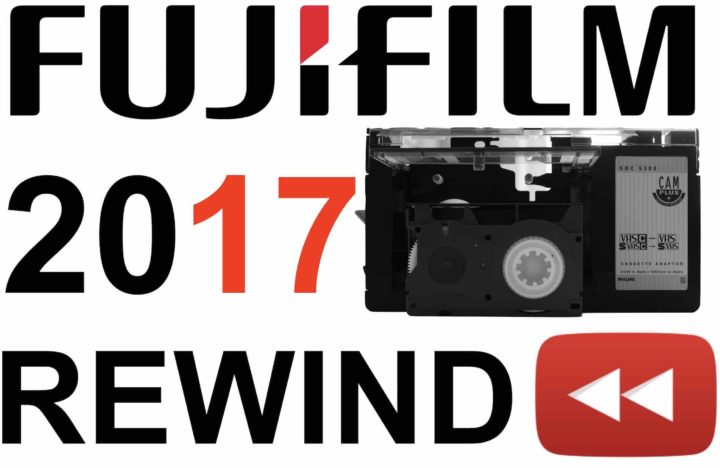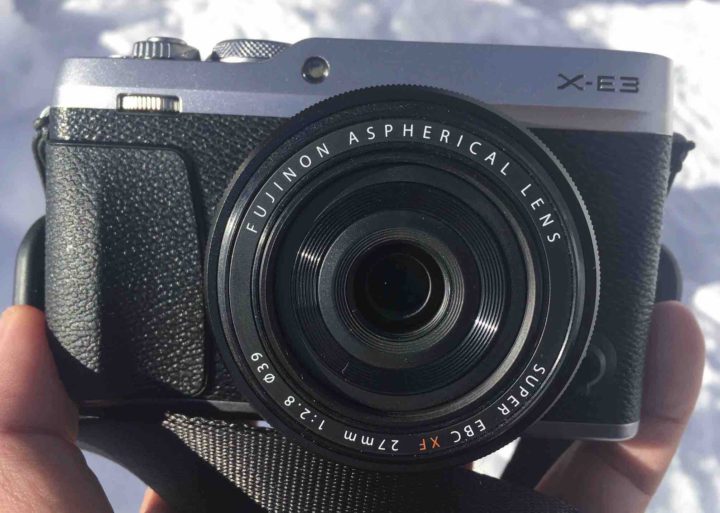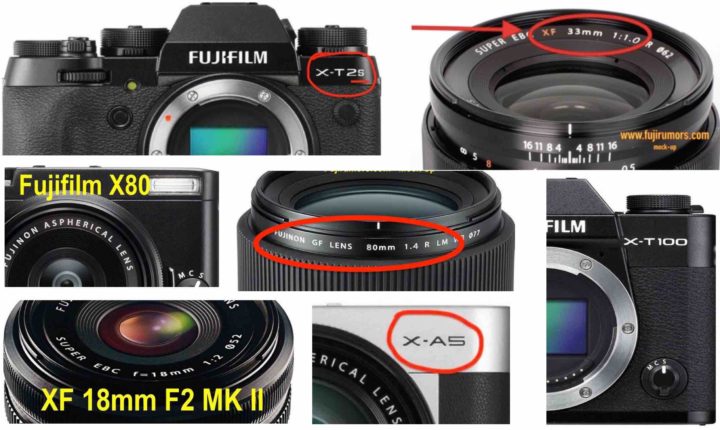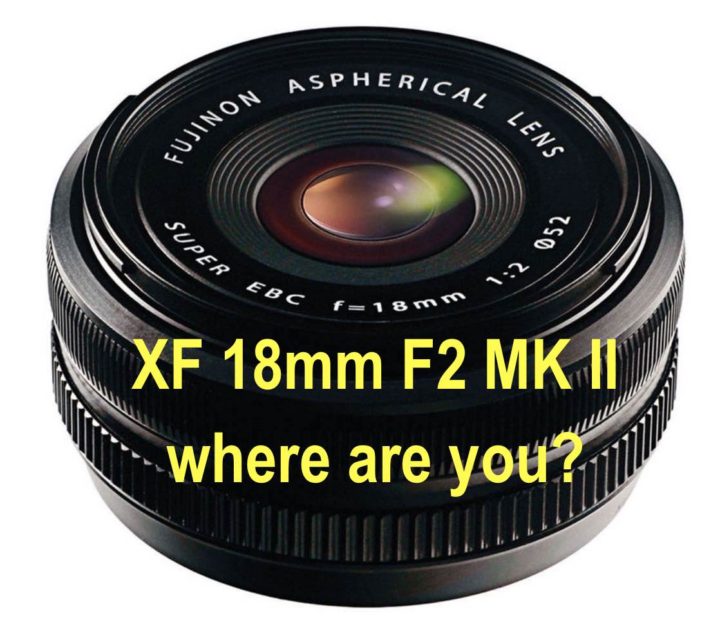Fujifilm X-H1: Full English Press Release and More Images with MK Lenses
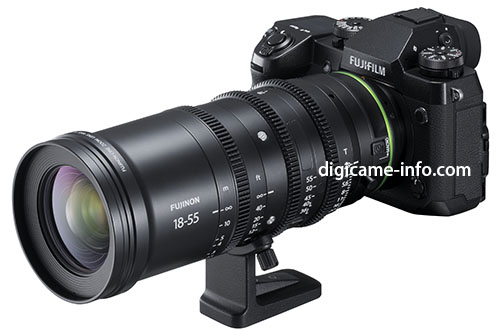
Now also digicame-info leakes images of the Fujifilm X-H1.
They also makes a summary of the main specs. Below you will find again the full press release google translated in English.
For the Full specs translated in English, check out my dropbox X-H1 Specs File.
– 5-axis hand shake correction with effect of up to 5.5 steps
– Electronic front curtain shutter, electronic shutter
– 24.3 MP, X-Trans CMOS III sensor
– X-Processor PRO
– a rugged magnesium alloy body
– EVF is 3.69 million dots, the maximum framelet is 100 fps, the response is 0.005 seconds
– 3 inch 1.04 million dot touch type liquid crystal monitor
– Film Simulation ETERNA
– Cinema 4K 24 fps, 4 K 30 fps
– 120 fps slow motion video in full HD
– F-log (can be recorded on F-Log directly to SD card at 4K)
– Video bit rate up to 200 Mbps
– Built-in high-performance microphone
– Improvement of AF algorithm
– ISO 200 – 12800 (ISO100, 25600, 51200 in extension)
– Dual card slot
– Wifi
– size 139.8 x 97.3 x 85.5
– Weight 623 g (including battery 673 g)

